Outdoor advertising has long been a powerful tool for reaching mass audiences in high-traffic locations. Traditionally, static billboards have dominated highways, urban streets, and rooftops. However, the rise of outdoor LED displays has introduced a dynamic, high-impact alternative that offers far more flexibility and visual engagement.
As advertisers consider where to allocate their media budgets, the big question becomes: Which delivers better results—outdoor LED displays or static billboards? In this article, we break down the advantages, limitations, and ROI factors to help you make the smartest choice for your brand.
A static billboard is a printed or painted physical sign, typically made of vinyl or poster board, designed to display a single, non-changing image for a prolonged period. These billboards are:
However, they lack flexibility, interactivity, and the ability to change content quickly.
An outdoor LED display is a digital screen made of high-brightness LED modules that can display video, animations, or rotating images. These displays can:
LED Display: Can run multiple ads, rotate messaging, and update content instantly via cloud CMS.
Static Billboard: One design per print cycle; requires manual labor and time to replace.
Winner: LED Display
LED Display: Bright, animated, and attention-grabbing—even in low light or bad weather.
Static Billboard: Passive visibility; relies on bold design but limited engagement.
Winner: LED Display
LED Display: Higher upfront cost, but lower recurring expenses. Better ROI with ad rotation.
Static Billboard: Lower initial investment, but higher operational costs for reprinting.
Winner: Tie (depends on campaign duration and goals)
LED Display: Can integrate with sensors and analytics to track engagement.
Static Billboard: Offers no direct interaction or performance data.
Winner: LED Display
LED Display: No printing waste; newer models are energy-efficient.
Static Billboard: Generates print material waste; uses non-recyclable vinyl.
Winner: LED Display
LED Display: Requires periodic technical maintenance but no physical reinstallation of content.
Static Billboard: Low tech upkeep, but labor-intensive to change ads in all conditions.
Winner: LED Display (with reliable support)
Outdoor LED displays are best for:
Static billboards are still a good fit for:
While static billboards still have a place in outdoor advertising, outdoor LED displays clearly outperform in terms of flexibility, engagement, and long-term return. Their ability to adapt in real time, reduce waste, and captivate modern audiences makes them essential for forward-thinking advertisers.
If you're aiming for relevance, performance, and scalability, the LED display is the clear winner for the future of out-of-home advertising.
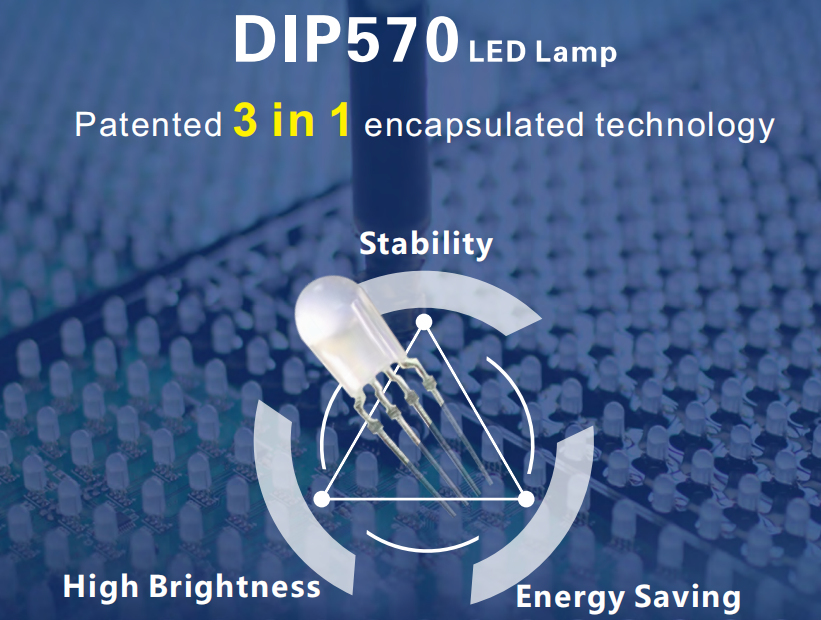

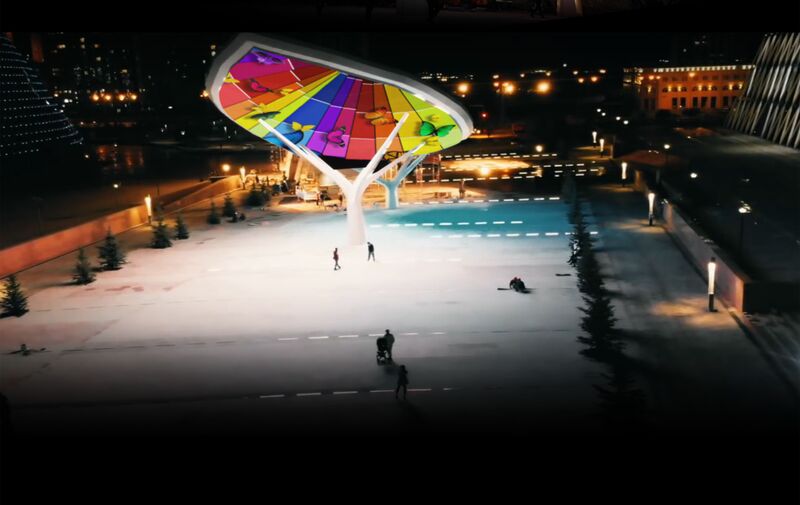

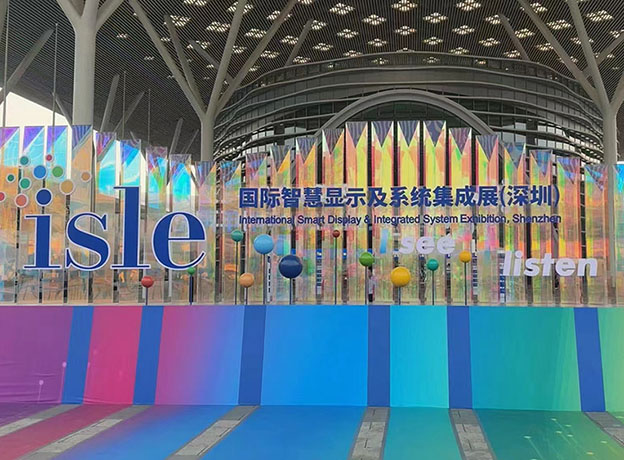
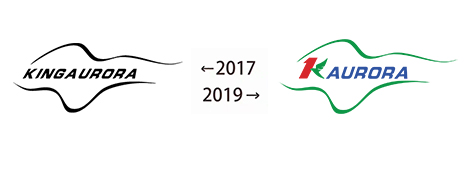
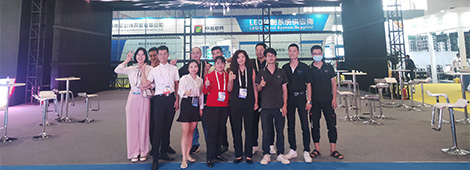
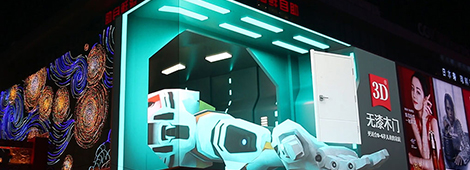
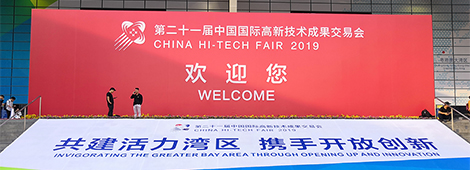
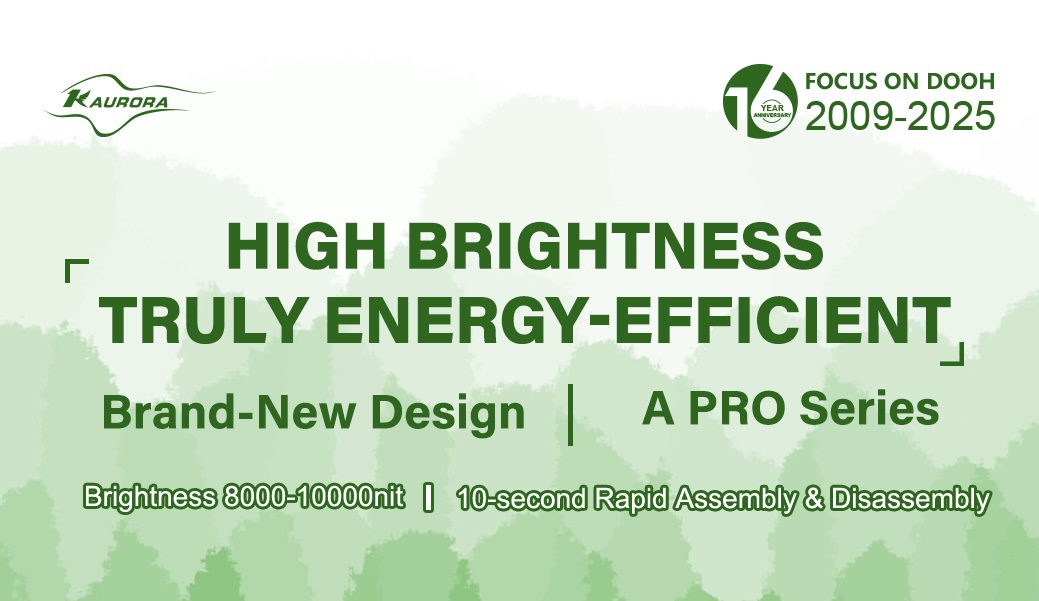
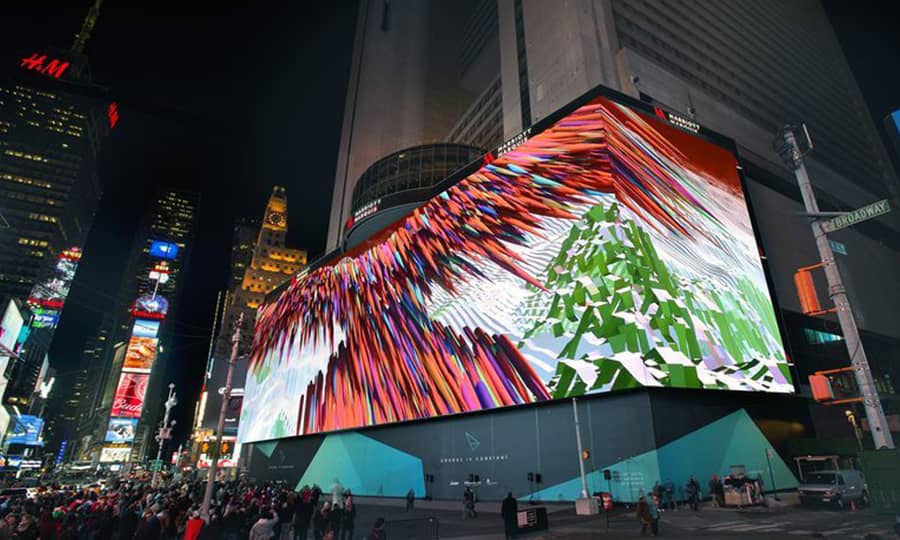
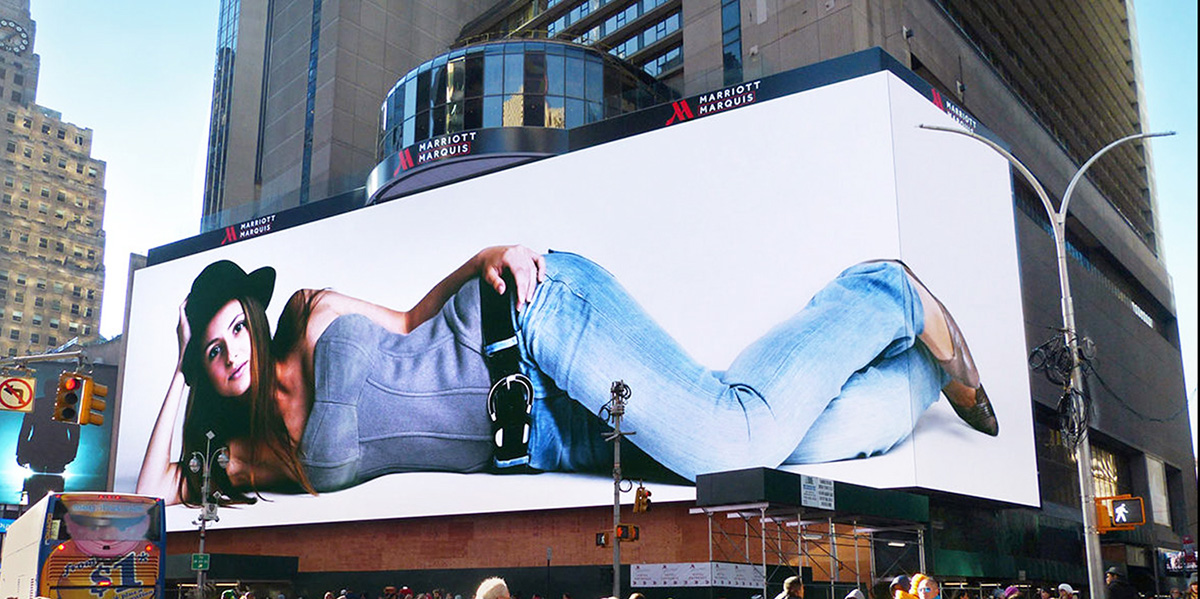
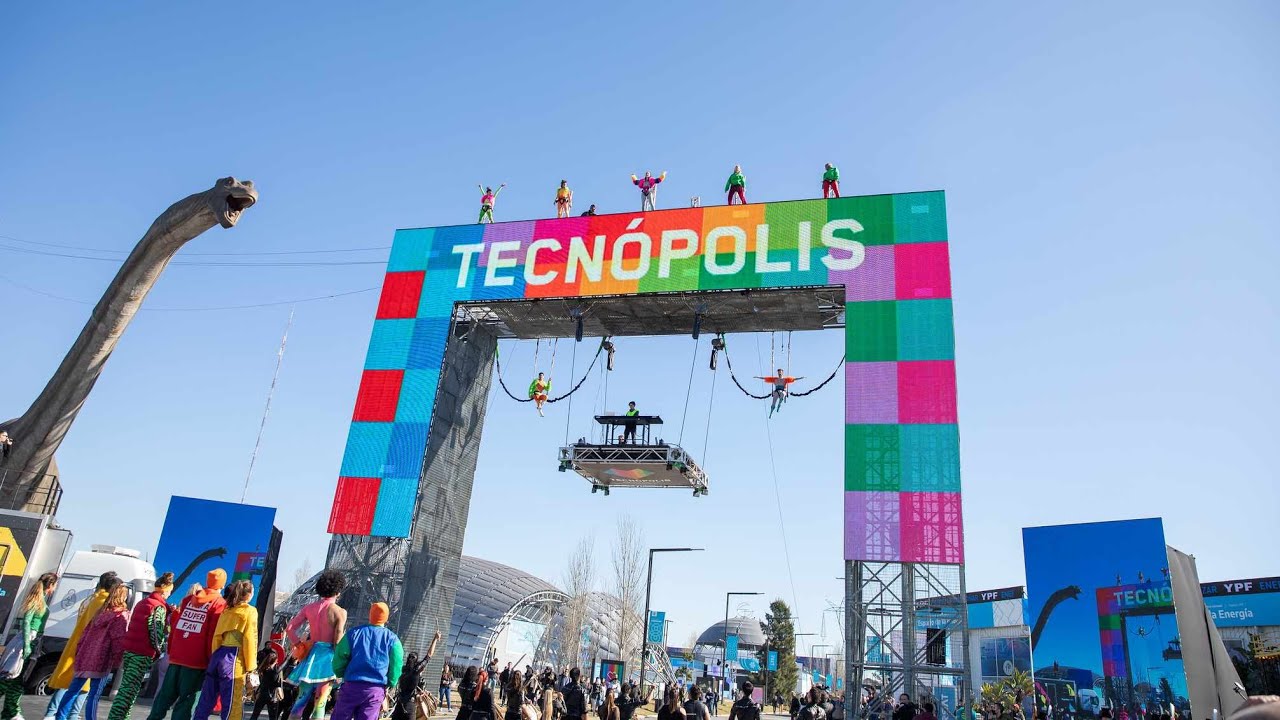
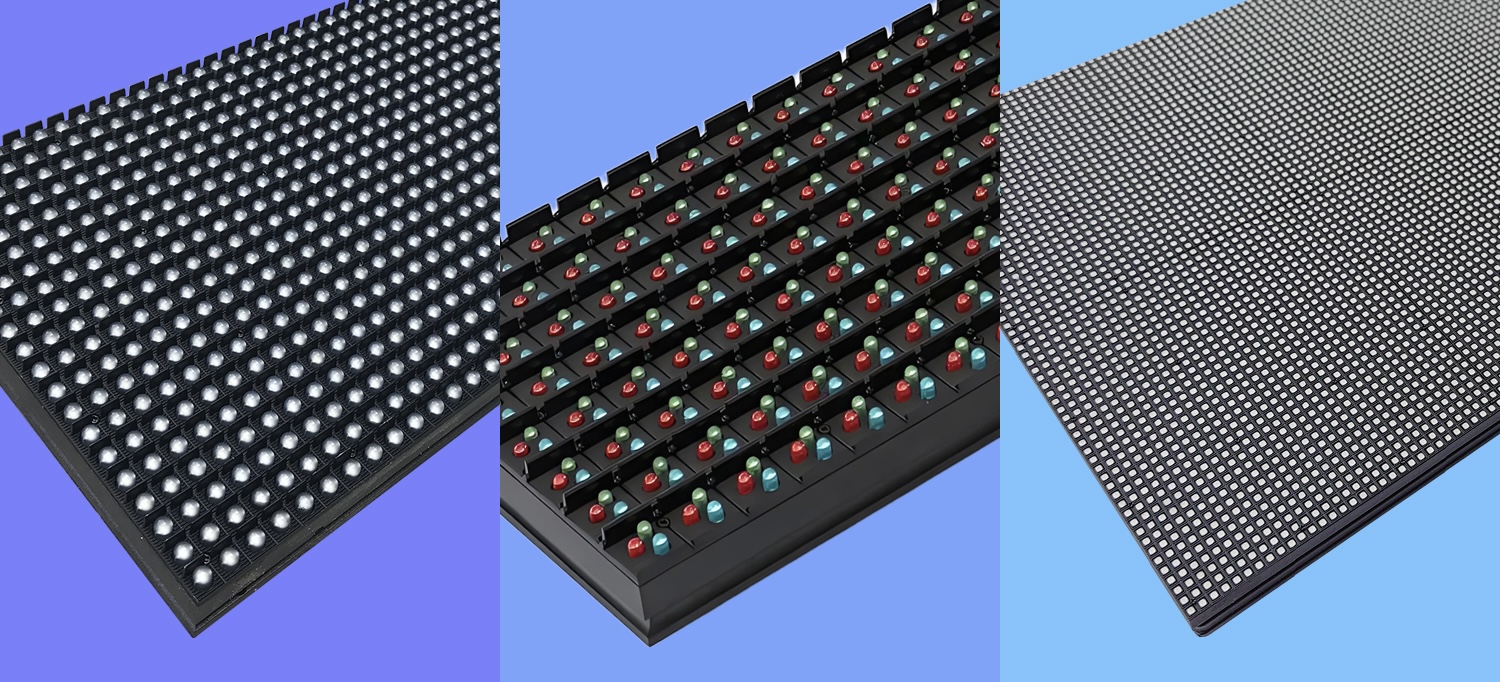
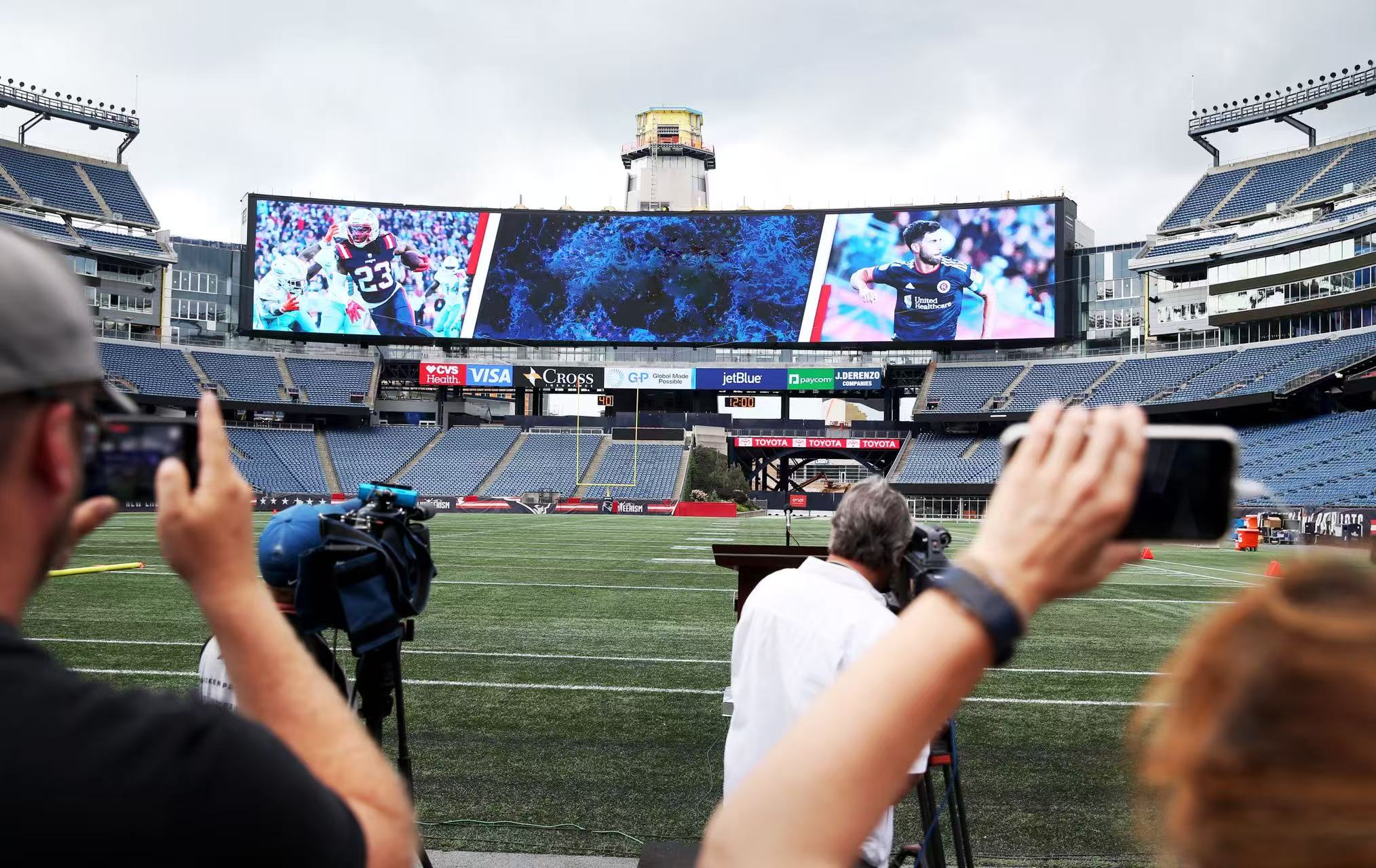
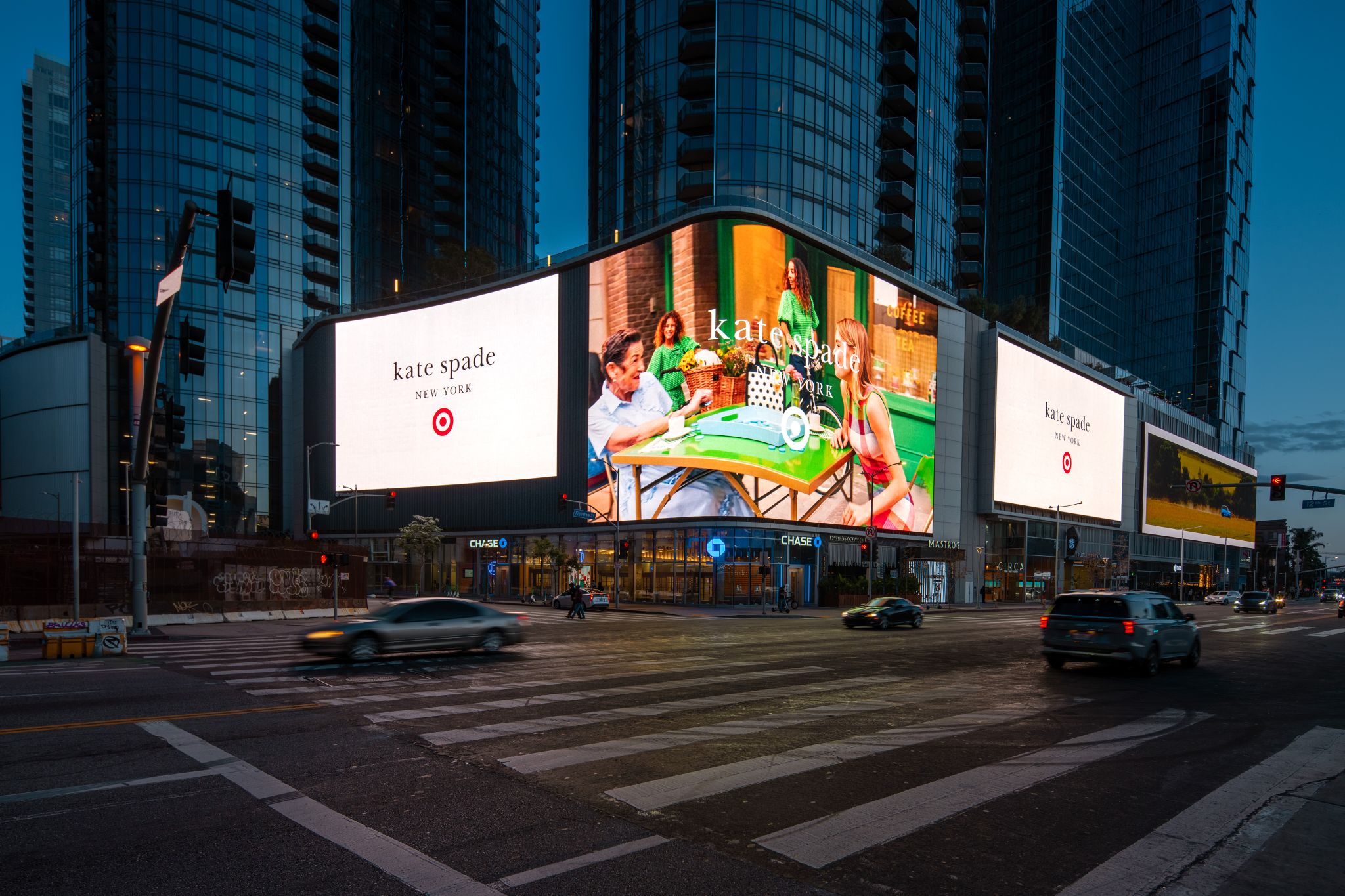
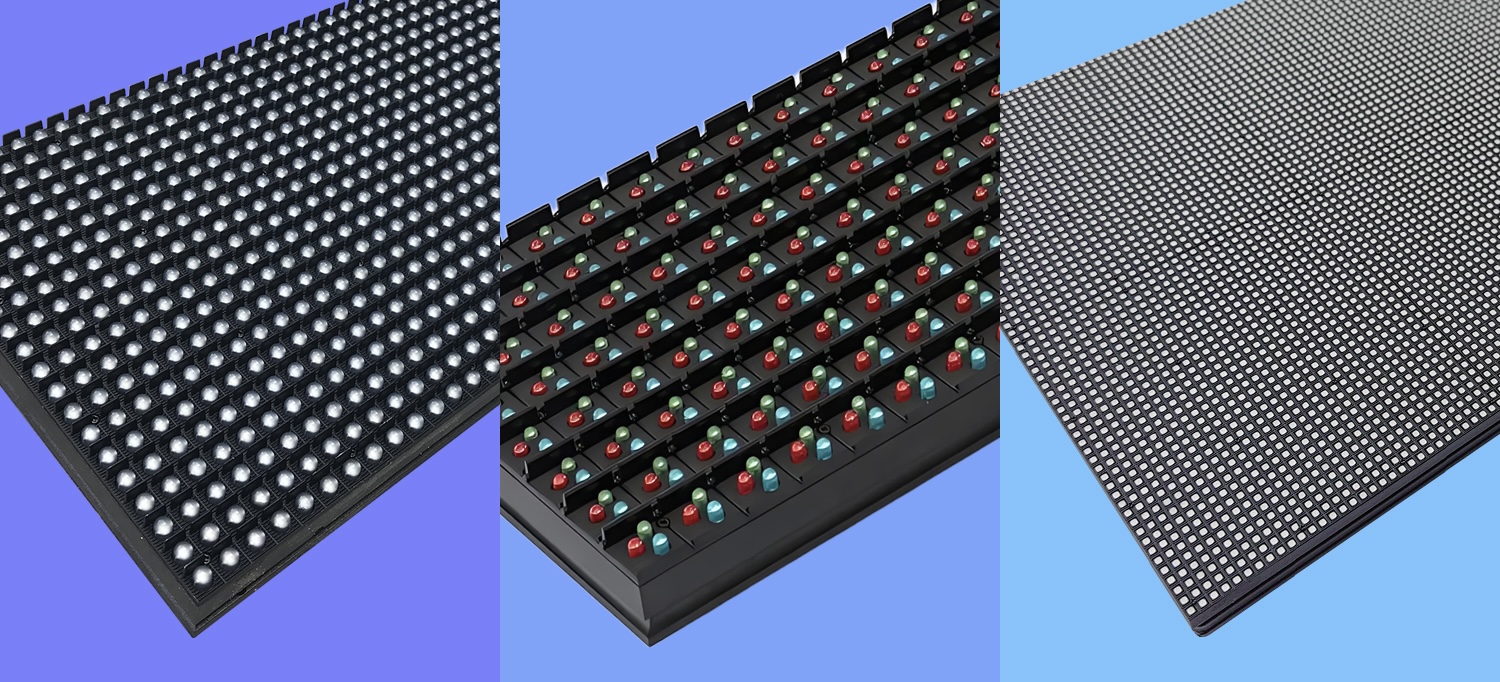
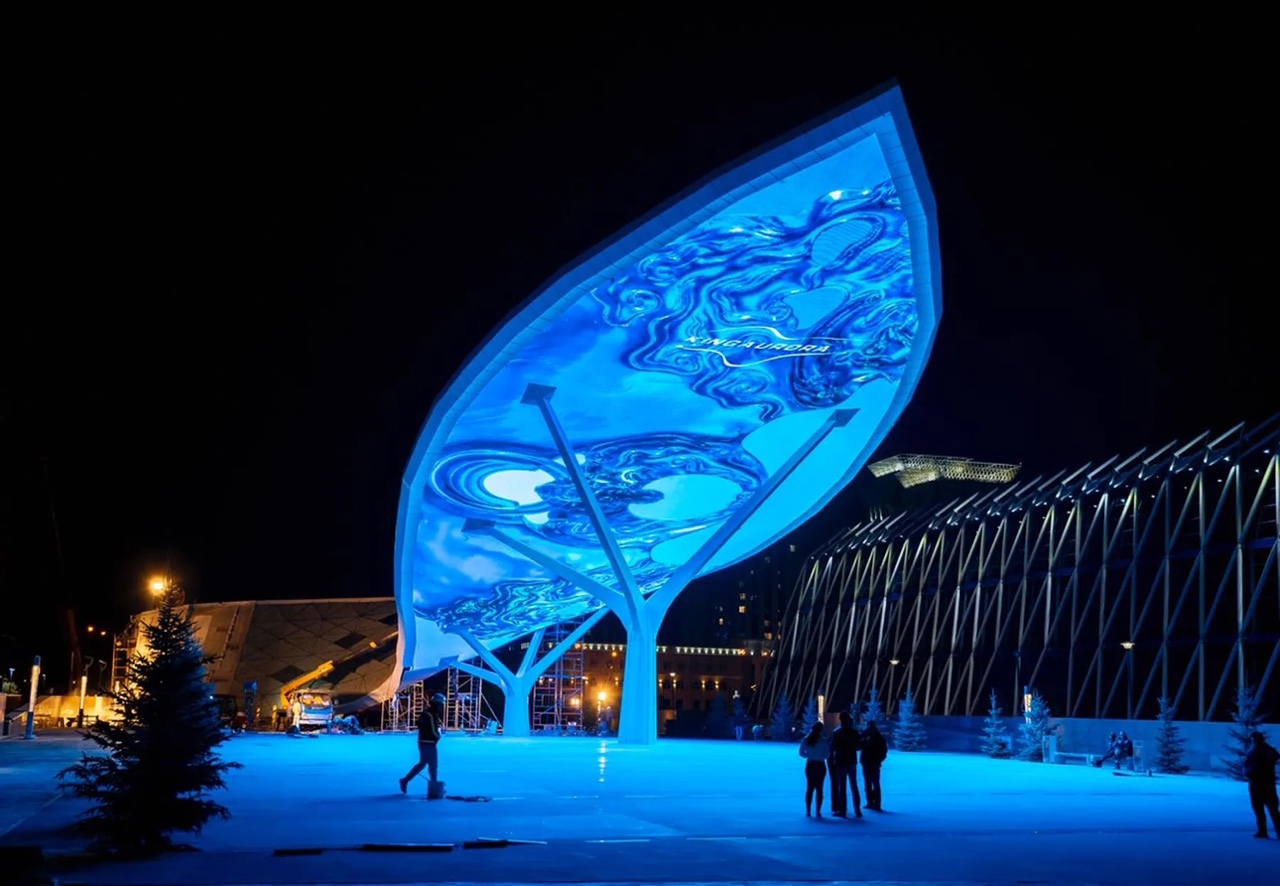

3th Building,Gaosite Zone Pingshan
New District, Shenzhen

sevice88@kingaurora.com
3th Building,Gaosite Zone Pingshan
New District, Shenzhen